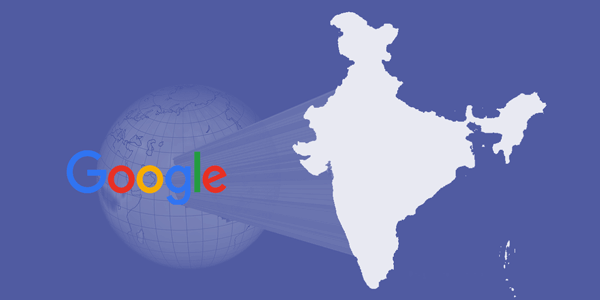Public Wi-Fi will play a key role in driving digital inclusion and connectivity in India.
TRAI and the telecom department if implements the suggested regulatory changes, public Wi-Fi could be accessed by 600 million people by 2019, says a new report from global consultancy firm Analysys Mason along with Google.
The report further said that public Wi-Fi will connect 40 million new users in a year and contribute $10 billion to the Indian GDP yearly. It is estimated to result in an upliftment of India’s GDP by $11.6 billion in 2019.
“This is just the beginning of a journey that will change India’s access story and the Analysys Mason Report outlines some very important insights that can enable ISPs and TSPs to think in this direction. Together we have a lot of work to do to improve access and connectivity in the country,” said K. Suri, Director, Partnership, India, Next Billion Users, Google India.
It will also serve as a key enabler for the Digital India programme and could be instrumental in the implementation of the National Digital Literacy Programme and Cyber Gram Yojana across the country.
However, despite a strong rise in the Internet user base last year(316 mn), mobile broadband penetration still stuck at 31 per cent, he added.
According to an estimate, India has about 36,000 commercial hotspots. Whereas China, which also an emerging market, has more than 6.1 million hotspots.
At present, India has just 16% of the total data consumed from public networks (cellular and Wi-Fi) offloaded to public Wi-Fi.

An average user consumes over 300MB in an average 30-minute data session, the report added. India’s average public Wi-Fi data consumption of 48MB per data user has a potential to increase significantly to the levels of global benchmarks, outlined the report.
Public wi-fi will also offer a business opportunity for mobile operators. The investment in it can help them to offload excess data traffic from cellular networks, and deploy advanced technologies such as Hotspot 2.0 for ensuring interoperable roaming between cellular and Wi-Fi.
In terms of willingness to pay, the report revealed that 40 per cent users are willing to pay Rs 5 for half hour of Wi-Fi usage, while 6 percent are willing to pay Rs 30.

Fast broadband on public wi-fi could lead to around 100 million spending up to USD3 billion annually by 2019 on handsets and a similar amount on cellular mobile broadband services.
In 2015, Google had tied up with Railtel to deploy free public Wi-Fi at 400 railway stations in India.
In January this year, search giant installed 150 Google Station hotspots in Pune to provide free Wi-Fi service. It collaborated with Larsen & Toubro, IBM, and RailTel for offering free Wi-Fi service to about four million people at various locations in the city.
Now Google eyes to expand its market to public places such as cafes, universities and malls.
The tech giant is in talks with several stakeholders including telecom operators, who are also deploying hotspots and internet service providers (ISPs) and state governments.
Google has also taken its public Wi-fi model from India to other countries such as Indonesia and Mexico.













